Planet Plastic
Shocking pictures from National Geographic Magazine
The era of plastic wraps the world with a low recycling rate
A UN report says less than a tenth of the amount of plastic made is recycled, warning that by 2050 99 percent of seabirds will have swallowed plastic bags.
Image credits: National Geographic
50 percent of the global use of plastic is made up of plastic packaging and packaging, most of which is used only once.Five trillion plastic bags are used around the world annually. If deployed side by side will cover up to twice the size of France.
“The photographer freed this stork from a plastic bag at a landfill in Spain. One bag can kill more than once: Carcasses decay, but plastic lasts and can choke or trap again”
Image credits: John Cancalosi/ National Geographic
“Under a bridge on a branch of the Buriganga River in Bangladesh, a family removes labels from plastic bottles, sorting green from clear ones to sell to a scrap dealer. Waste pickers here average around $100 a month”
Image credits: Randy Olson / National Geographic
Residues do not decompose until about 1000 years
Plastic residues do not decompose until about 1,000 years, making them a major threat to the ecosystem.
“Some animals now live in a world of plastics—like these hyenas scavenging at a landfill in Harar, Ethiopia. They listen for garbage trucks and find much of their food in trash”
Image credits: Brian Lehmann/ National Geographic
“Plastic bottles choke the Cibeles fountain, outside city hall in central Madrid. An art collective called Luzinterruptus filled this and two other Madrid fountains with 60,000 discarded bottles last fall as a way of calling attention to the environmental impact of disposable plastics”
Image credits: Randy Olson/ National Geographic
“An old plastic fishing net snares a loggerhead turtle in the Mediterranean off Spain. The turtle could stretch its neck above water to breathe but would have died had the photographer not freed it. “Ghost fishing” by derelict gear is a big threat to sea turtles”
Image credits: Jordi Chias/ National Geographic
“On Okinawa, Japan, a hermit crab resorts to a plastic bottle cap to protect its soft abdomen. Beachgoers collect the shells the crabs normally use, and they leave trash behind”
Image credits: Shawn Miller
“Some 700 species of marine animals have been reported so far to have eaten or become entangled in plastic”
Image credits: David Jones/ National Geographic
Image credits: OHN JOHNSON
“To ride currents, seahorses clutch drifting seagrass or other natural debris. In the polluted waters off the Indonesian island of Sumbawa, this seahorse latched onto a plastic cotton swab—“a photo I wish didn’t exist,” says photographer Justin Hofman”
Image credits: Justin Hofman/ National Geographic
“By 2050, virtually every seabird species on the planet will be eating plastic”
Image credits: PRAVEEN BALASUBRAMANIAN/NATIONAL GEOGRAPHIC
“As of 2015, more than 6.9 billion tons of plastic waste had been generated. Around 9 percent of that was recycled, 12 percent was incinerated, and 79 percent accumulated in landfills or environment”
Image credits: ABDUL HAKIM/NATIONAL GEOGRAPHIC
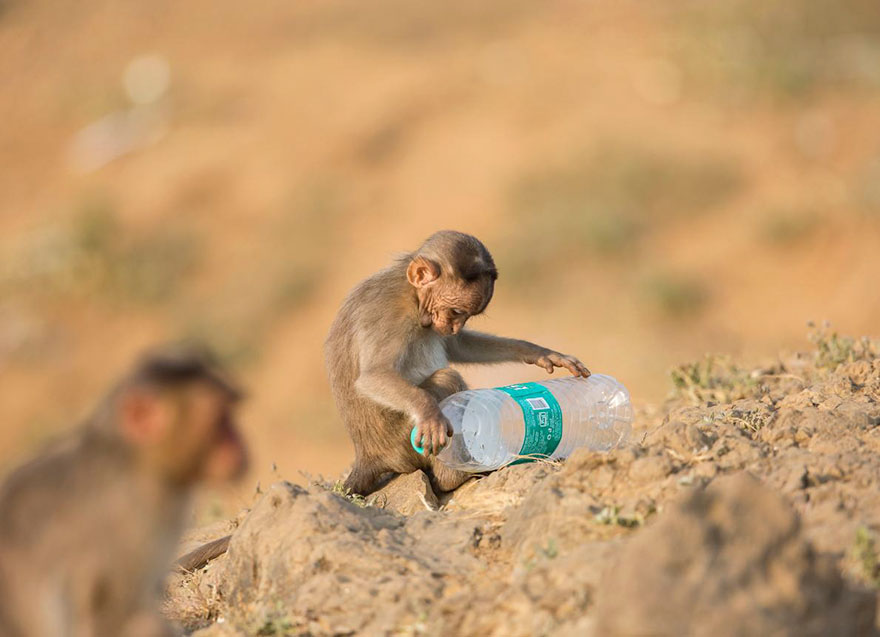
“Around the world, nearly a million plastic beverage bottles are sold every minute”
Image credits: David Higgins/ National Geographic
“Just after dawn in Kalyan, on the outskirts of Mumbai, India, trash pickers looking for plastics begin their daily rounds at the dump, joined by a flock of birds. In the distance, garbage trucks rolling in from the megacity traverse a garbage valley. The woman carrying the red cloth lives at the landfill”
Image credits: Randy Olson / National Geographic
“After sheets of clear plastic trash have been washed in the Buriganga River, in Dhaka, Bangladesh, Noorjahan spreads them out to dry, turning them regularly— while also tending to her son, Momo. The plastic will eventually be sold to a recycler. Less than a fifth of all plastic gets recycled globally”
Image credits: Randy Olson/ National Geographic
“Colored chips of plastic—collected, washed, and sorted by hand—dry on the banks of the Buriganga. About 120,000 people work in the informal recycling industry in and around Dhaka, where 18 million inhabitants generate some 11,000 tons of waste a day”
Image credits: Randy Olson/ National Geographic
“Recology’s largest San Francisco recycling plant handles 500 to 600 tons daily. One of the few plants in the U.S. that accept shopping bags, it has more than doubled the tonnage it recycles in the past 20 years”
Image credits: RANDY OLSON
“Trucks full of plastic bottles pull into a recycling facility in Valenzuela, Philippines. The bottles were plucked from the streets of metropolitan Manila by waste pickers, who sell them to scrap dealers, who bring them here. The plastic bottles and caps will be shredded, sold up the recycling chain, and exported”
Image credits: Randy Olson/ National Geographic
Image credits: Randy Olson/ National Geographic
China is the largest exporter of plastic waste and advanced to EU and US. But when talking about per capita, the United States produces the largest amount of plastic followed by Japan and then the European Union.
Image credits: RICHARD JOHN SEYMOUR
Image credits: RICHARD JOHN SEYMOUR
If countries do not take appropriate action, there will be 12 billion tonnes of plastic waste water by 2050.By 2050, 99 percent of seabirds will have swallowed plastic bags.
That plastic waste costs the world $ 13 billion a year because of its impact on sectors such as tourism and fishing, waste collection and recycling costs, and the cost of cleaning the European coasts at $ 740 million.
Source
middle-east-online
National Geographic

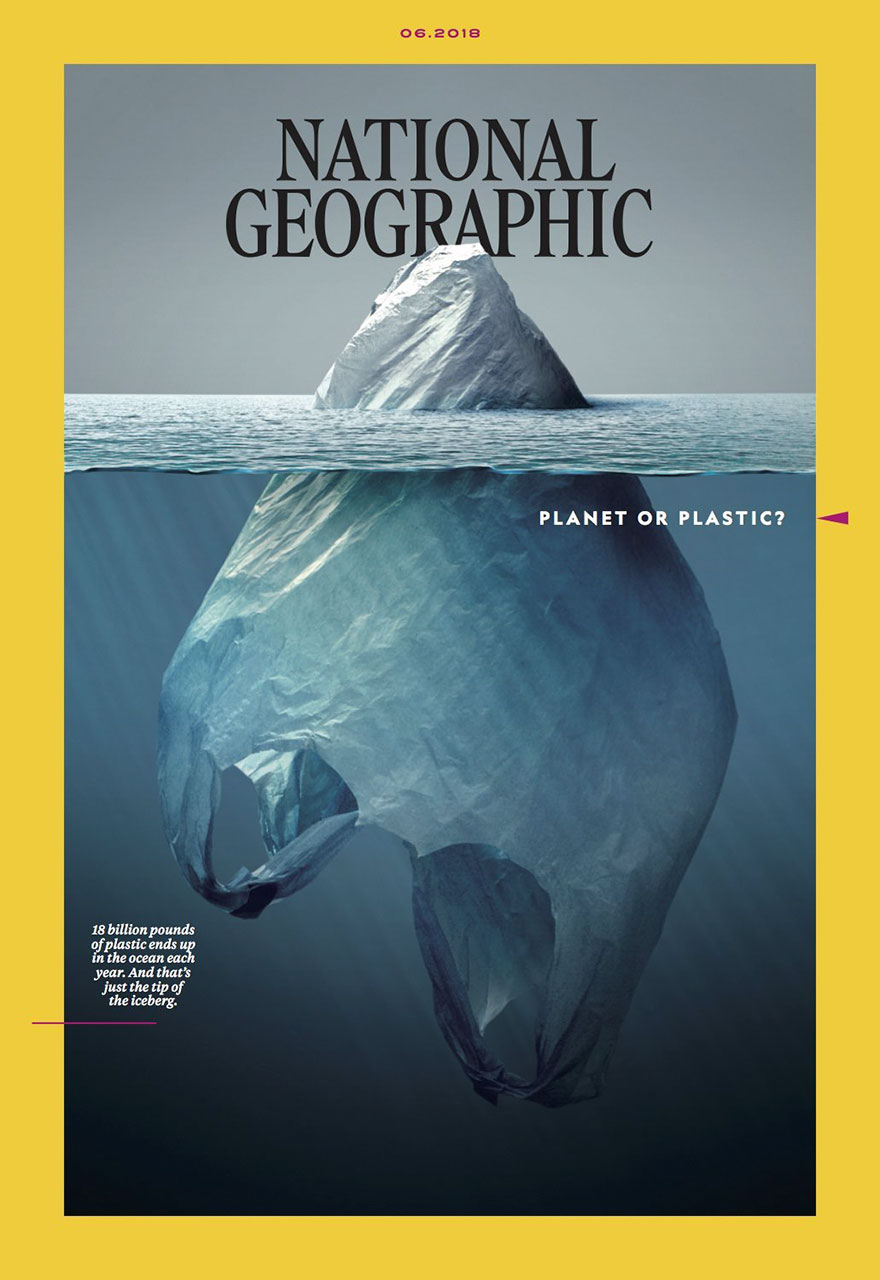
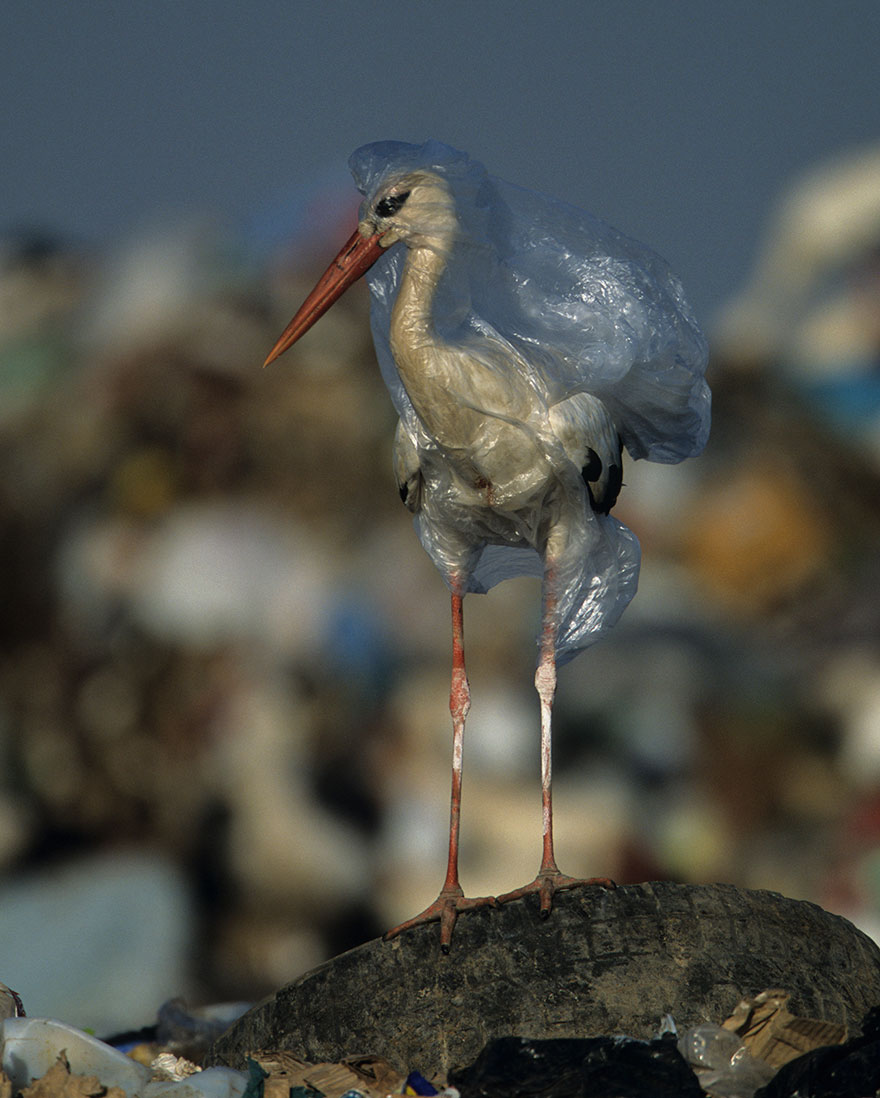

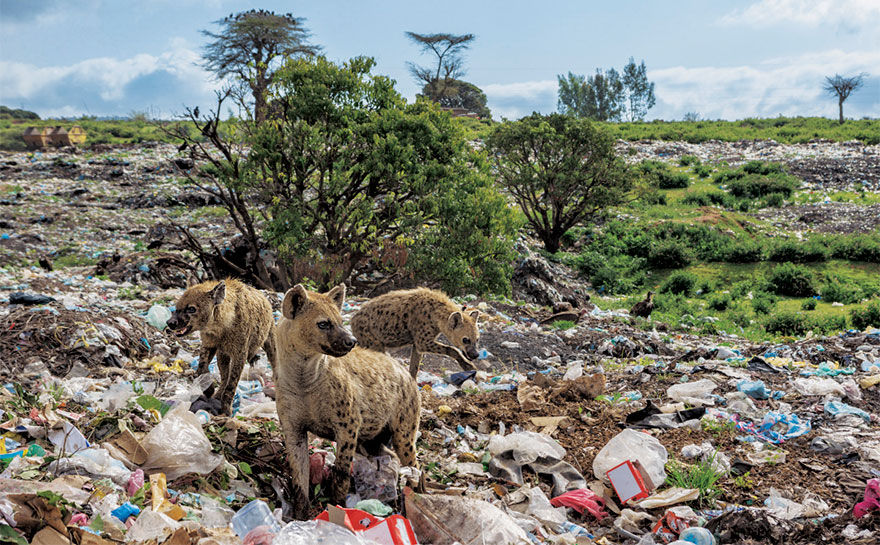
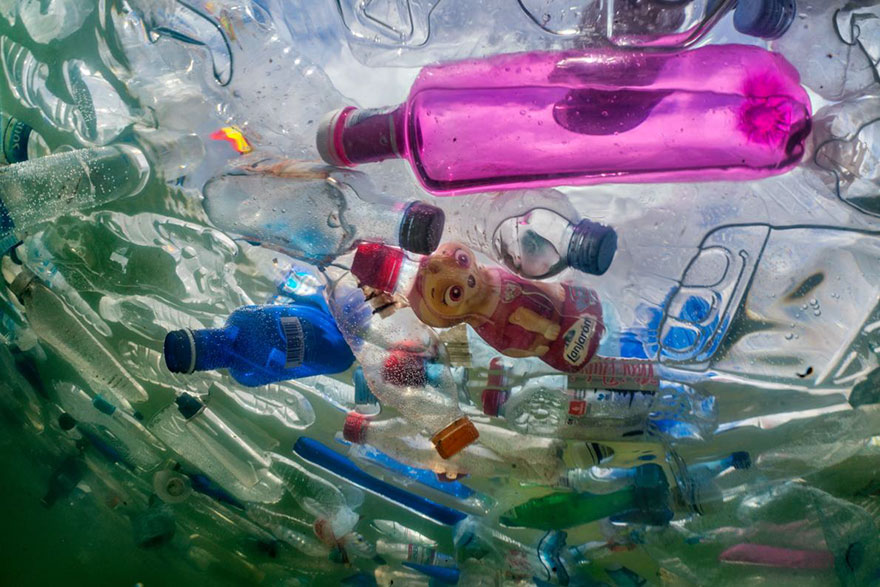
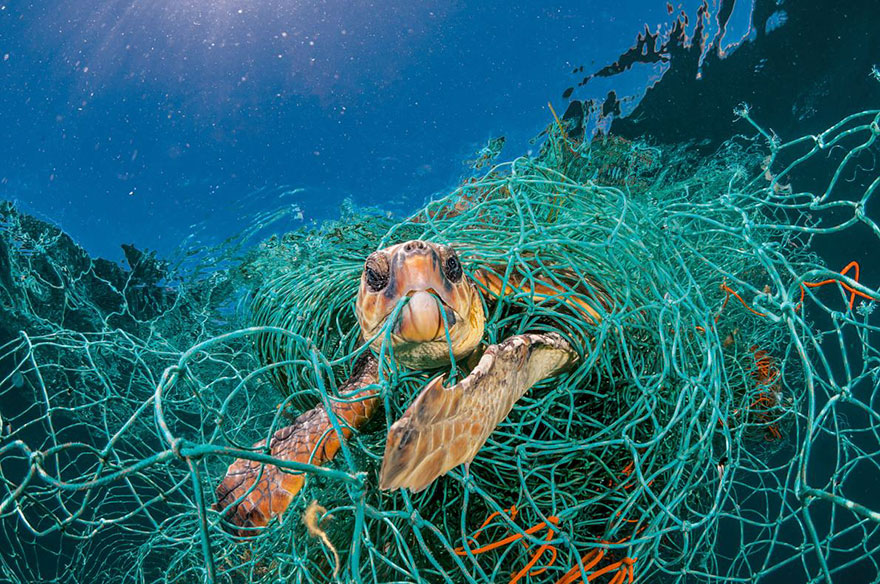
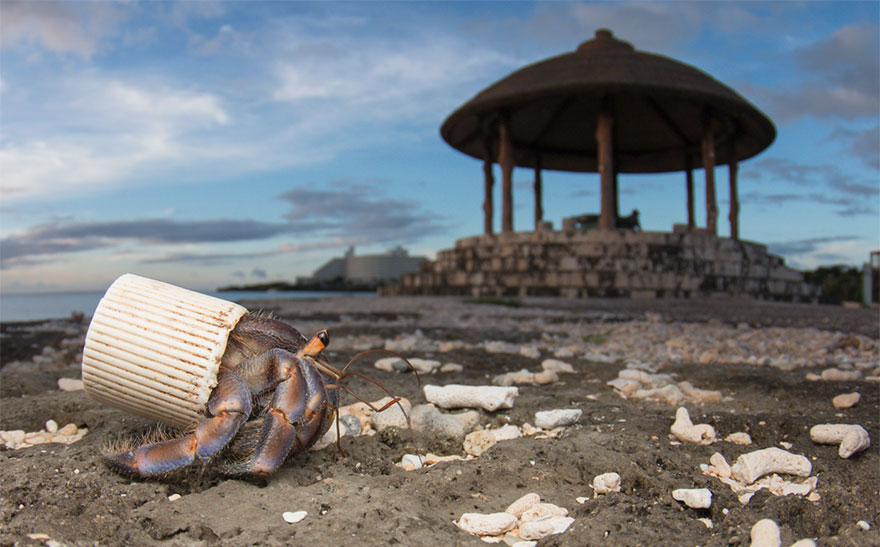

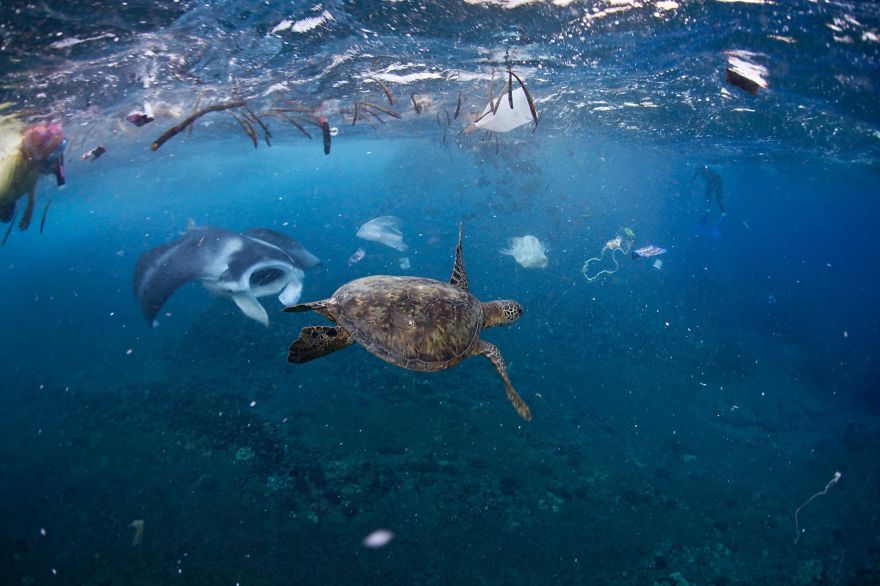
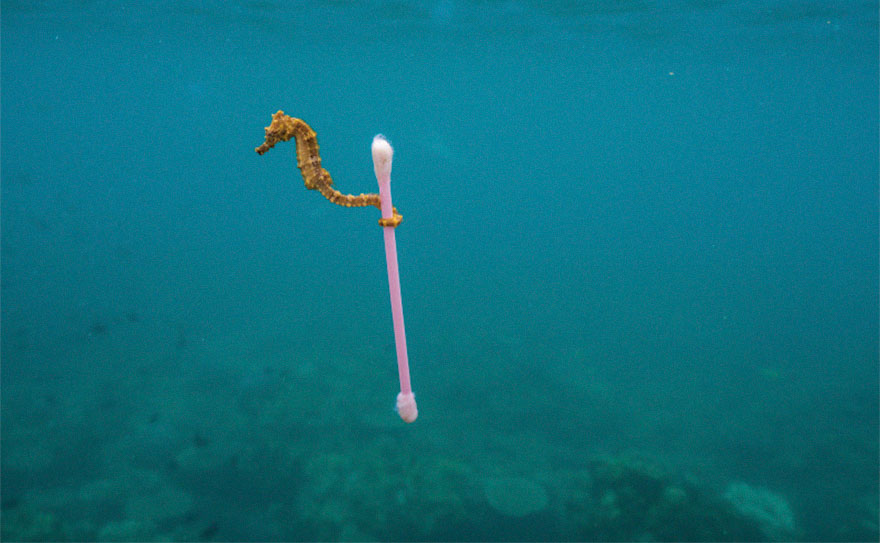
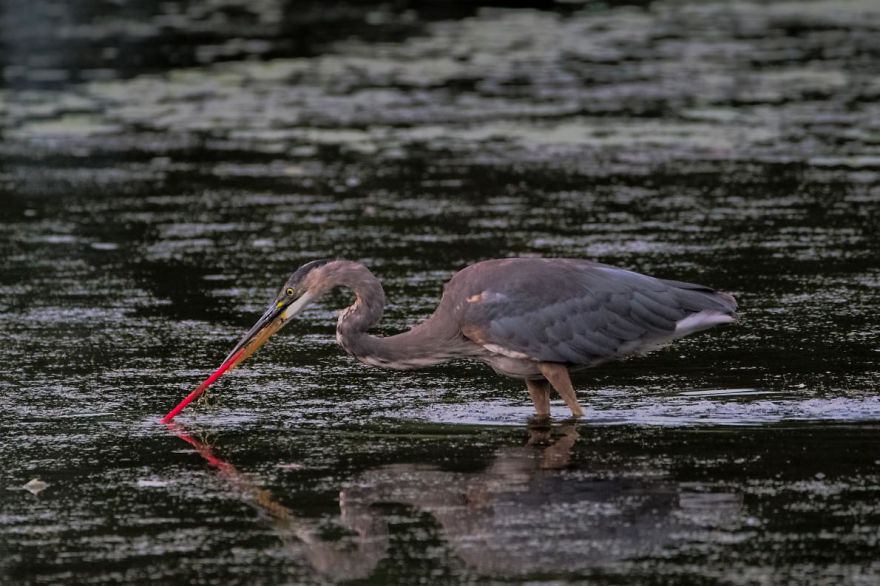
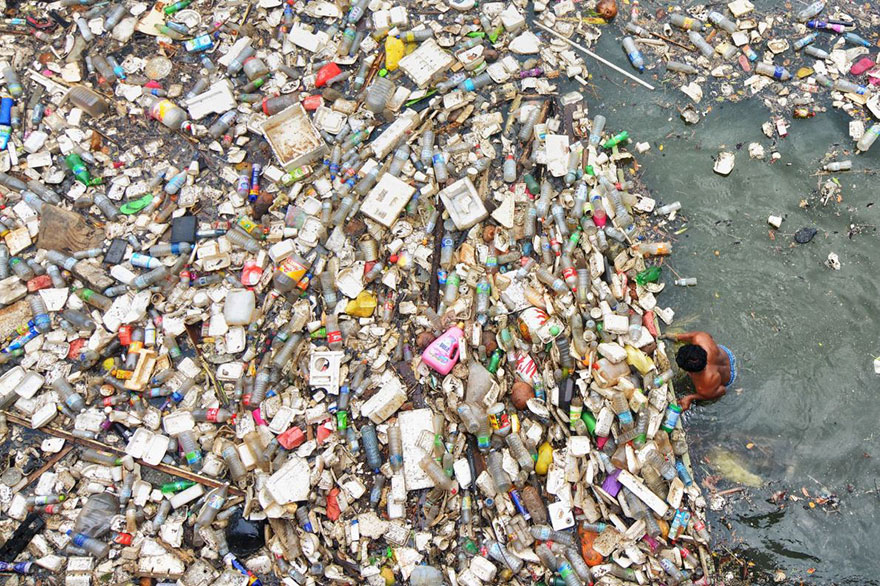
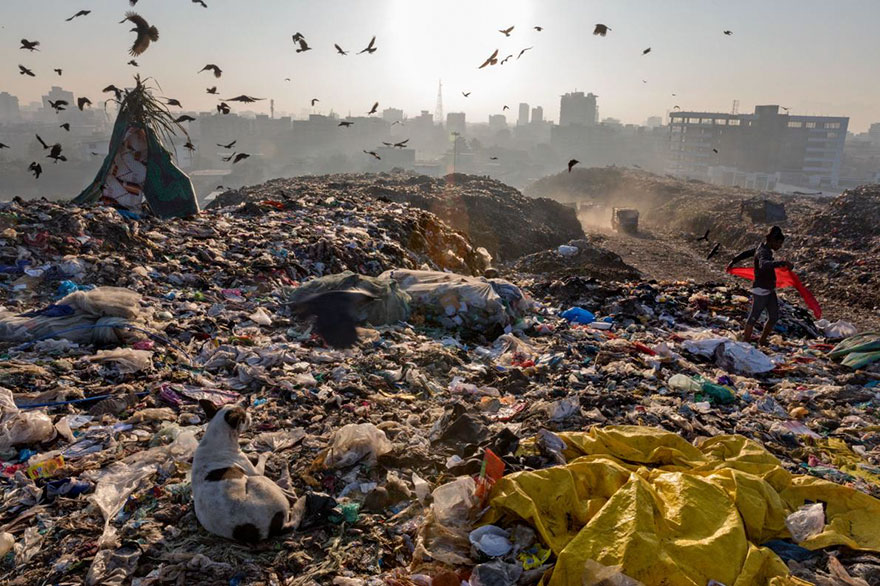
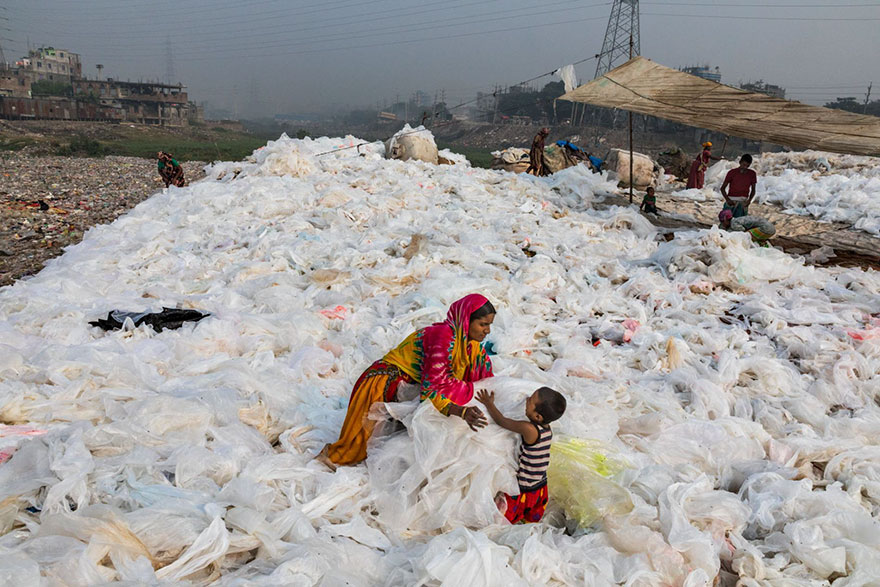
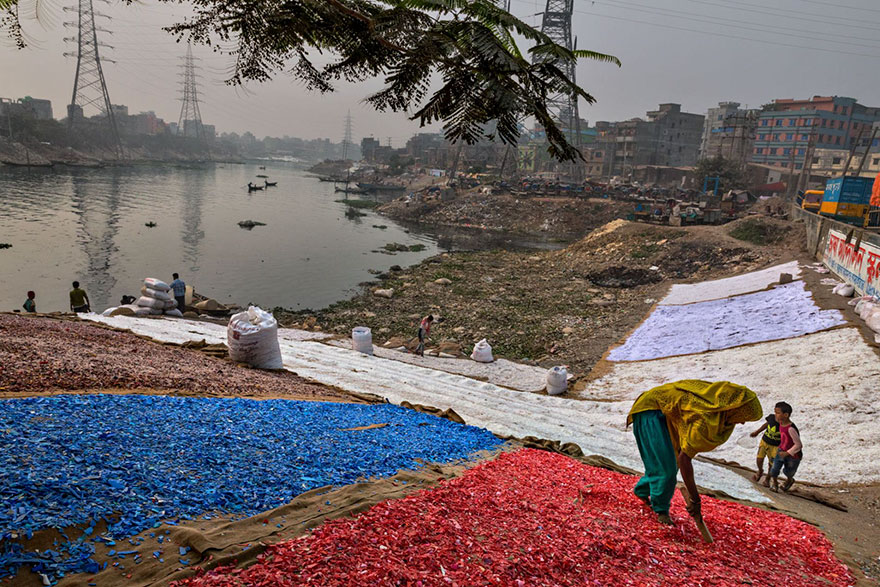
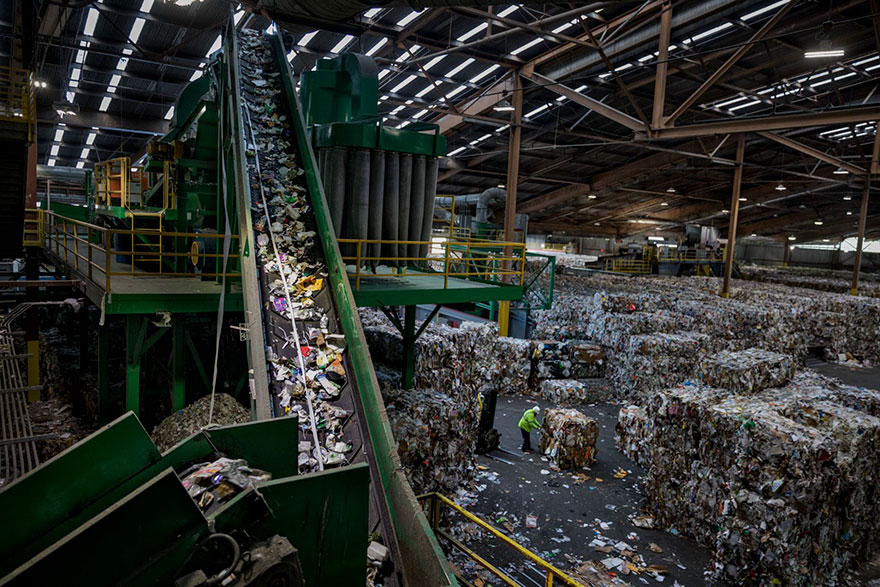
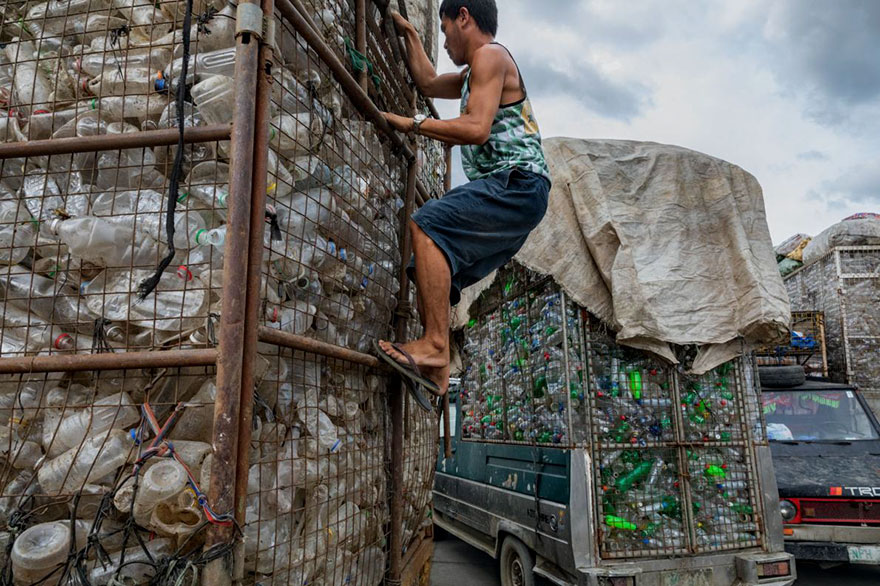
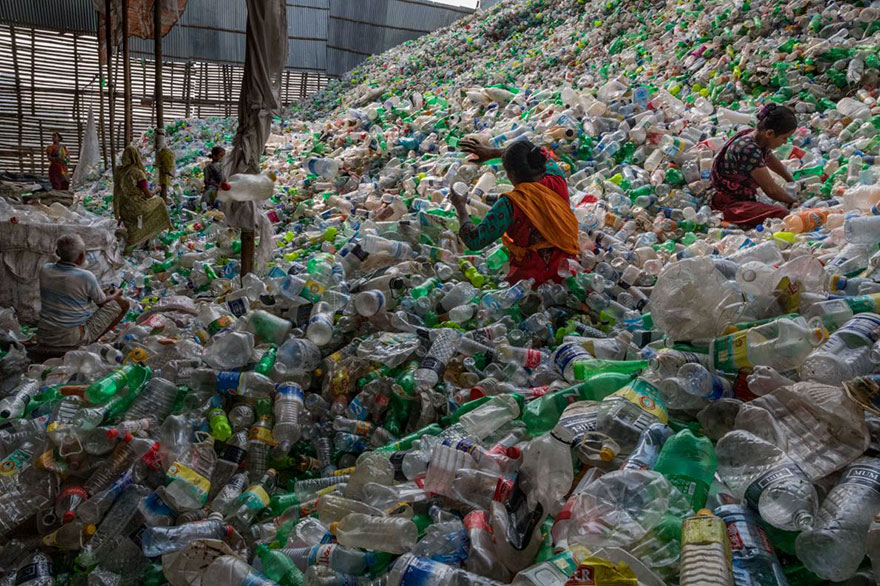

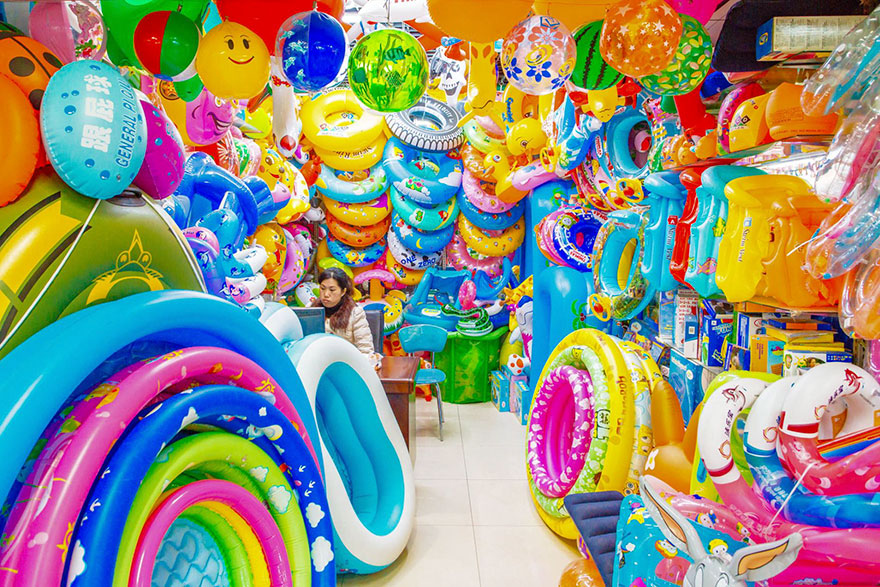







0 Comments